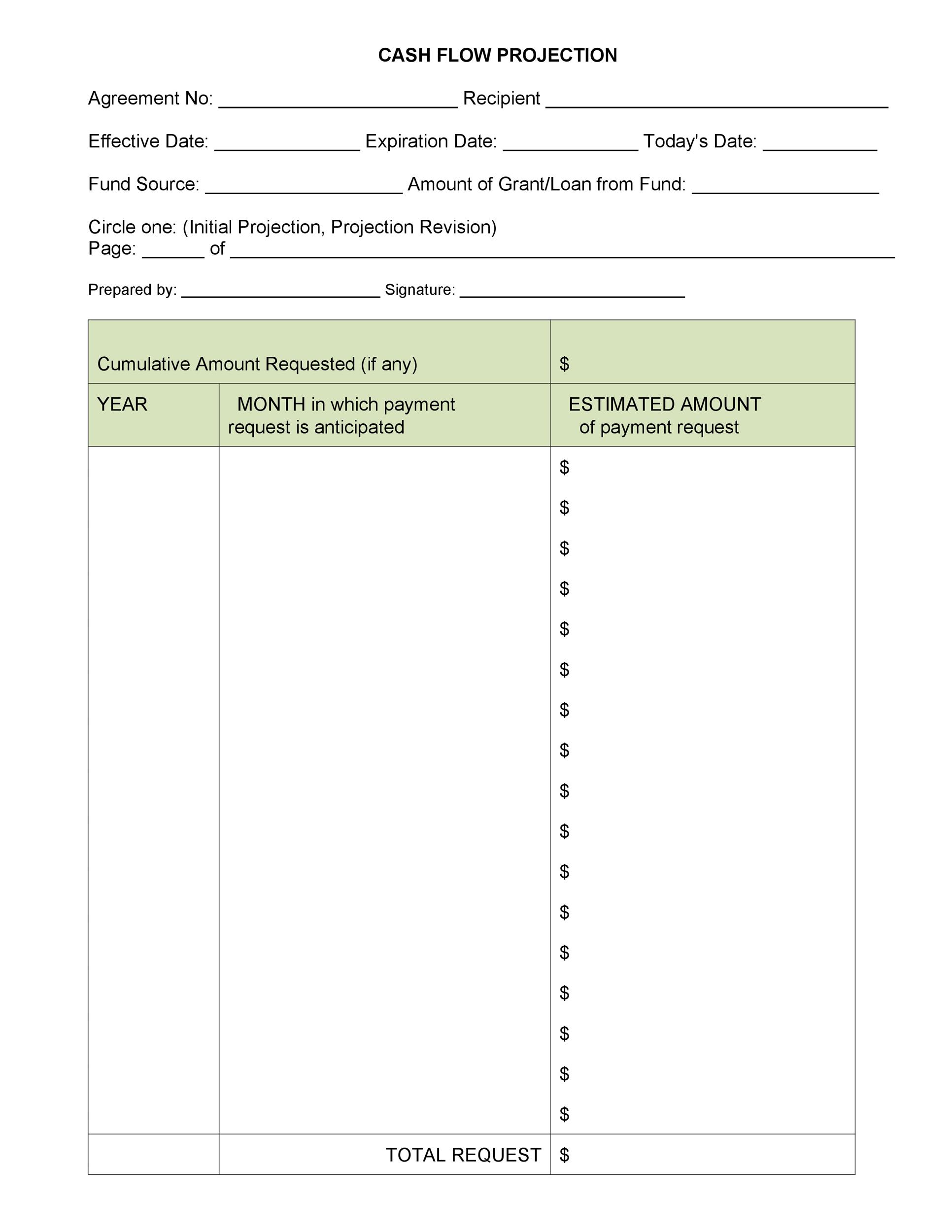Contents
From the financial markets point of view, risk is what matters since it can be measured; understood and managed. Typically, financial business risk meaning markets classify risk into two categories viz. Systematic risk refers to the market level risk that impacts all businesses equally.
Along the same lines, financial risk refers to the possibility of loss that a business might have to suffer in the future. There could be many internal and external reasons underlying the financial risk. However, generally, financial risk arises due to external factors like government regulations, competition, macroeconomic forces, market interest rates, and a slump due to economic reforms. Unsystematic Risk refers to the internal risks that an organisation is exposed to which are usually within the control of the organisation. These include business risk such as management decisions, financial risk such as profits and losses and operational risk which pertains to the manpower that a company employs. While these are the overall risks that concern the financial markets, you must, at an individual level recognise yours before you start investing.
- The business has many risks but it can also be avoided by adopting some measures.
- Financial risks are everywhere and impact us in several different sizes.
- The natural causes are such type of uncertain factors that human beings cannot make any preparation against.
- Every single person has a different risk profile as the risk appetite depends on psychological factors, loss bearing capacity, investor’s age, income & expenses and many such other things.
- Risk means potential uncertainty regarding deviation from expected earnings or outcome.
• The bank can specify a minimum capital charge for risks which do not have loss events. The RCSA process and Management review of business will help classifying risks by risk levels. Risks below certain risk levels can be ignored as they are not applicable to the RCSA entity or are very unlikely to occur. Risks identified as important or key risks must be monitored and reviewed through the RCSA process.
More on credit risk management
No matter what your business goals are, enterprise risk management can help you achieve them. Although every company practices risk management in some way, a formal ERM process puts methodologies and practices in place so you can systematically increase your chances of success. In the absence of risk management, a company is more likely to make poor decisions, be less prepared, and struggle to consistently meet their business goals. When a business faces threats from external factors like competition, consumer preferences, government policies, and others, it can be referred to as business risk. These risks can endanger the company’s success and can also lead to a decrease in profits.
Cloud technology enables simple, but secure workflows that unify and coordinate activities across lines of business, locations, and functions. Many organizations still rely on spreadsheets, websites, and email for their risk management processes. This absence of secure risk governance processes hampers an organization’s ability to identify and plan for risks and creates opportunities for data breaches. Your ERM framework’s purpose is to help you identify, assess, and analyze key business risks—and minimize negative business impacts if those risks come to pass. The ERM framework must be context-driven and modeled across all lines of business, as different functions are vulnerable to different types of risk and at different levels. Finally, ERM must consider both internal and external risks and consider how those risks can also create opportunities.
Help organizations navigate risk to lead in the marketplace and disrupt through innovation. Awards and Recognition We strive to be an organization where our people can thrive. With a focus on development, flexibility, and well-being, we hire people who are among the best and brightest in the business. Across our business areas we serve every major industry and sector.
Financial management refers to planning, executing and controlling the financial activities of an enterprise. Functions of financial management involve estimation of capital requirement, determination of capital composition, management of cash, investment of funds, disposal of surplus and others. Frauds such as asset misappropriation, which take place inside of a company where employees themselves exploit the assets of the organization for personal benefits are a common cause of legal risk. These include cheque forgery, inventory theft, services theft, unnecessary claims and what not. Employees abuse their position to misappropriate resources from the company.
It is recommended to resolve the disputes before they get transformed into litigations as it will incur a huge cost. Most common legal risks a business might face and how to avoid… Liquidity risk is applicable to investors preparing to close a derivative trade before maturity. These investors need to determine whether closing the trade is difficult, or whether current bid-ask spreads are so broad that they represent a significant expense. Quantitative analysis is an assessment of a company’s historical performance using specific calculations of the financial ratio. The business has many risks but it can also be avoided by adopting some measures.
The reporting entity defines top level risks and controls which percolate to lower units within the entity. Units can also add additional risks and controls if they are not covered by the entity level risks and controls. Let us see an example from the automobile industry and the same can be extrapolated for banking. Risks come from different situations and are of different types. We have liquidity risk, sovereign risk, risk of insurance, business risk, and risk of default.
Specific risks exist because of the uncertainty resulting from specific factors that influence an investment or a situation. All business enterprises are not exposed to the same type of degree of risk. The degree of risk is much higher in big business than in small scale operations.

Transport facilitates movement of raw material to the place of production and the finished products from factories to the place of consumption. Along with the transport facility, there is also need for communication facilities so that producers, traders- and consumers may exchange information with one another. Thus, postal services and telephone facilities may also be regarded as auxiliaries to business activities. Despite all the planning and risk management, some unforeseen situations expose businesses to several risks…. S requires continuous monitoring and consideration of operational planning, changes, and different variables.
While banks strive for an integrated understanding of their risk profiles, much information is often scattered among business units. Without a thorough risk assessment, banks have no way of knowing if capital reserves accurately reflect risks or if loan loss reserves adequately cover potential short-term credit losses. Vulnerable banks are targets for close scrutiny by regulators and investors, as well as debilitating losses.
Our Services
After two years of acquisition, Kraft Foods changed from Cadbury India to Mondelez. A separate investigation carried on by the Excise department had found the company and many other members guilty of the offence and imposed sky touching fines on all of them. Compliance risk covers risk which arises due to non-compliance with statutes, internal policies and best practices applied to any business organisation. Let us take the case of a portfolio with systematic and unsystematic risk. The unsystematic risk can be managed by diversifying away from stocks and sectors that are going through trouble. Similarly, the systematic risk can be reduced or managed through beta hedging against Nifty futures.
Risk, on the other hand, refers to a future event which can be known with reasonable degree of certainty. While the actual event is still unknown, you can assign probabilities to the occurrence of various possibilities based on past experience. Risk means potential uncertainty regarding deviation from expected earnings or outcome. Risk tests the volatility an investor wants to take in order to achieve a benefit from an investment. Fundamental analysis is the method of calculating the intrinsic value of a company by analysing all aspects of the underlying business, including the assets of the firm and its earnings.

Middle-level managers are responsible for making important decisions and establishing a level of trust among subordinates. Is created as a result of internal and external forces working together in totality. External forces can be defined as the key stakeholders whom the organisation comes into direct contact with.
Just write the bank account number and sign in the application form to authorise your bank to make payment in case of allotment. No worries for refund as the money remains in investor’s account. If uncertainty also looks like risk, it is actually different. As the name suggests, uncertainty is the absence of certainty.
Understanding difference between risk and uncertainty in investing
In stock markets we measure the systematic risk by the Beta of the stock. Then there are unsystematic risks that are specific to a company or a sector. Weak margins, tough competition are all examples of unsystematic risks. So, in a nutshell risk is something that can be measured based on past experience.
When you’re considering a risk management solution, evaluate the solution’s potential for engaging all stakeholders throughout the organization. Choose a solution that’s intuitive and easy to use so that people will use it. “Possibility of loss or injury” that’s how Merriam-webster.com defines risk.
A modern view of enterprise risk management is that it should help you increase the likelihood of meeting your organizational objectives rather than simply compiling a list of potential issues. This risk arises when businesses are unable to liquidate their cash due to volatile market conditions. Funding liquidity risk and asset liquidity risk are two types of liquidity risks.
Volatility Risk
The loss to the good name or standing of an organization arising due to any malpractices or any criminal event is called reputational risk. Reputational risk arises due to the involvement of employees or other peripheral parties like suppliers. Besides having good governance and transparency companies should also focus on Social responsibility. Counterparty risk, or credit risk of a counterparty, occurs if one of the parties involved in a derivatives transaction, such as the buyer, seller, or supplier, defaults on the contract. This risk is higher in the markets of over-the-counter, or OTC, which are much less regulated than ordinary exchanges. Business risk is the possibilities a company will have lower than anticipated profits or experience a loss rather than making a profit.
Certain services may not be available to attest clients under the rules and regulations of public accounting. Please see/aboutto learn more about our global network of member firms. Some types of risk include difficulty in financial markets, project failures, credit risk, accidents, disasters and aggressive competition. For so many enterprises today, ERM is a disconnected and separate set of activities that fail to take advantage of the latest technology to help with crucial, risk-related decision-making. Digitized technology and the cloud together offer an integrated, fluid platform that everyone can easily engage with―to the greater benefit of the organization.
Loss Events Data
This could be due to people failure or process failure as well. External events like natural disasters can also impact the operational efficiency of a company. Additionally, with the cloud, creating effective risk management solutions https://1investing.in/ isn’t a multiyear project requiring huge investments of resources and time. Instead, risk management cloud solutions can be deployed quickly―often within days. That means you can move fast and start to reap the benefits immediately.

